Investing in stocks is an exciting but complex activity. To succeed as an investor, you need to understand how to evaluate the financial health of companies. One of the most effective ways to analyze stocks is by using financial ratios. These ratios provide crucial insights into the performance, profitability, and risk profile of a company, helping investors make more informed decisions. This blog will explore the top financial ratios that every stock investor should know to assess potential investments.
1. Price-to-Earnings Ratio (P/E Ratio)
The Price-to-Earnings (P/E) Ratio is one of the most commonly used financial ratios in stock analysis. It measures the price investors are willing to pay for each dollar of earnings a company generates. Simply put, it compares a company’s current market price to its earnings per share (EPS).
The formula for the P/E ratio is:
P/E Ratio=Stock PriceEarnings per Share (EPS)\text{P/E Ratio} = \frac{\text{Stock Price}}{\text{Earnings per Share (EPS)}}P/E Ratio=Earnings per Share (EPS)Stock Price
- High P/E Ratio: This suggests that investors expect high future growth, meaning they are willing to pay a premium for the stock. However, it could also signal overvaluation.
- Low P/E Ratio: This could indicate that the stock is undervalued or the company is facing challenges.
For instance, if you want to open demat account and begin investing in a technology company, a high P/E ratio may reflect investor confidence in its future earnings growth. Conversely, a low P/E ratio may signal potential risks, requiring more detailed analysis.
2. Price-to-Book Ratio (P/B Ratio)
The Price-to-Book (P/B) Ratio helps investors understand how much they are paying for the book value of a company’s assets. This ratio compares the market price of a company’s stock to its book value (the value of assets minus liabilities). The P/B ratio is particularly useful for analyzing companies with significant tangible assets, like banks or real estate companies.
The formula for the P/B ratio is:
P/B Ratio=Stock PriceBook Value per Share\text{P/B Ratio} = \frac{\text{Stock Price}}{\text{Book Value per Share}}P/B Ratio=Book Value per ShareStock Price
- P/B Ratio > 1: Indicates that the stock is trading at a premium relative to its book value, suggesting the market expects the company to generate returns greater than the book value.
- P/B Ratio < 1: This may indicate the stock is undervalued, as investors are paying less than the book value of the company’s assets.
When considering investing in stocks, the P/B ratio can give insight into whether a company’s shares are over or underpriced based on its intrinsic value.
3. Debt–Equity Ratio (D/E)
The Debt-to-Equity (D/E) Ratio is a measure of a company’s financial leverage. It shows the proportion of debt relative to shareholders’ equity. A high D/E ratio indicates that a company relies heavily on debt to finance its operations, which can be a risk if the company faces downturns in earnings or liquidity issues.
The formula for the D/E ratio is:
D/E Ratio=Total LiabilitiesShareholders’ Equity\text{D/E Ratio} = \frac{\text{Total Liabilities}}{\text{Shareholders’ Equity}}D/E Ratio=Shareholders’ EquityTotal Liabilities
- High D/E Ratio: Suggests the company may be taking on too much risk by using debt to fund operations.
- Low D/E Ratio: Indicates the company is more conservatively financed, relying more on equity, which may be a safer option for risk-averse investors.
This ratio is especially important for those who want to ensure that a company isn’t over-leveraged. If you are planning to open demat account, understanding this ratio can help you avoid risky investments.
4. Current Ratio
The Current Ratio measures a company’s ability to meet its short-term liabilities with its short-term assets. It’s a liquidity ratio, helping investors gauge whether a company can cover its immediate debts.
The formula for the current ratio is:
Current Ratio=Current AssetsCurrent Liabilities\text{Current Ratio} = \frac{\text{Current Assets}}{\text{Current Liabilities}}Current Ratio=Current LiabilitiesCurrent Assets
- Current Ratio > 1: Indicates that the company has more assets than liabilities and is in a good position to cover short-term obligations.
- Current Ratio < 1: Suggests potential liquidity issues, which might mean the company could struggle to meet its short-term obligations.
Investors who understand this ratio can avoid companies that might face cash flow problems or other financial distress. When evaluating stocks, this ratio helps determine a company’s short-term financial stability.
5. Return on Equity (ROE)
The Return on Equity (ROE) is a profitability ratio that measures how effectively a company uses shareholders’ equity to generate profits. It indicates how well a company is utilizing its equity capital to grow profits.
The formula for ROE is:
ROE=Net IncomeShareholders’ Equity\text{ROE} = \frac{\text{Net Income}}{\text{Shareholders’ Equity}}ROE=Shareholders’ EquityNet Income
- High ROE: Suggests that the company is effectively using its equity to generate profits, making it an attractive option for investors.
- Low ROE: Could indicate that the company is not using its equity efficiently or is struggling to maintain profitability.
Understanding ROE can help investors evaluate whether a company is managing its resources well, which is crucial when selecting stocks for investment.
Conclusion
Financial ratios are indispensable tools for stock investors looking to make informed decisions. By analyzing the P/E ratio, P/B ratio, D/E ratio, current ratio, and ROE, investors can gain valuable insights into a company’s financial health and long-term prospects. These ratios help you evaluate not only the value and profitability of stocks but also the risk involved.
Before you open demat account and begin investing, take the time to familiarize yourself with these key ratios. A well-researched approach to stock investing can help you build a robust and profitable portfolio.






